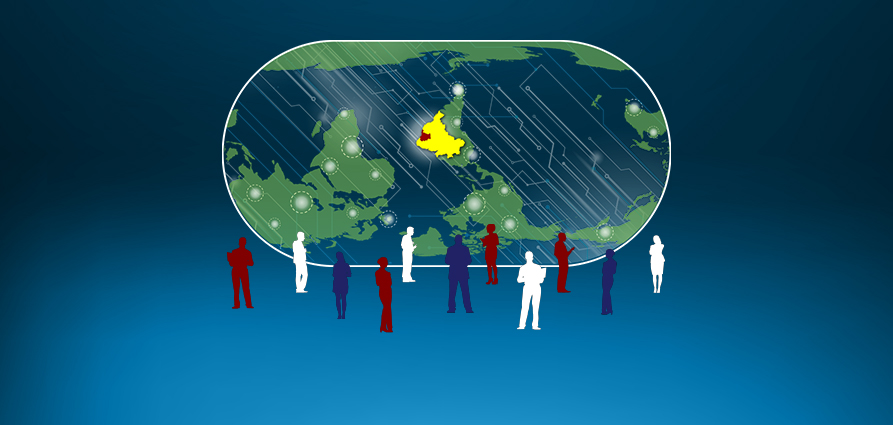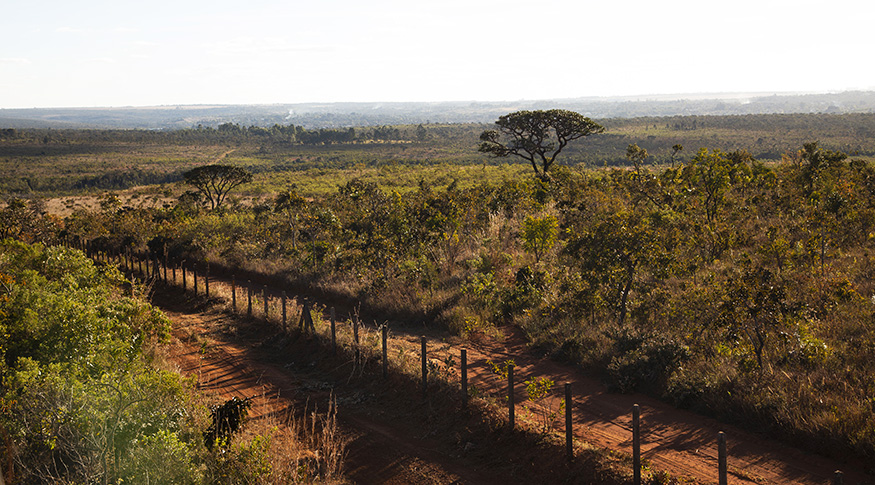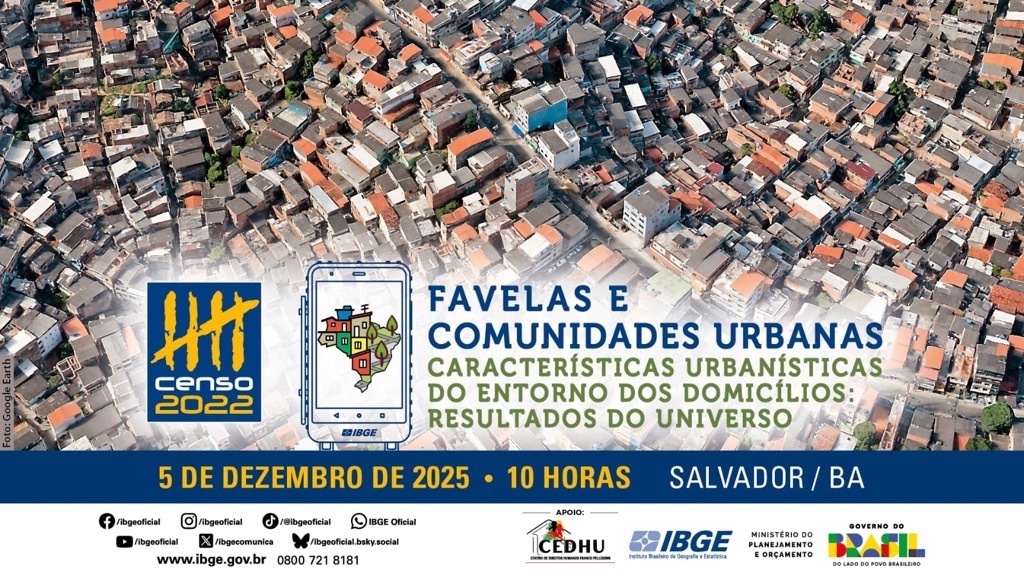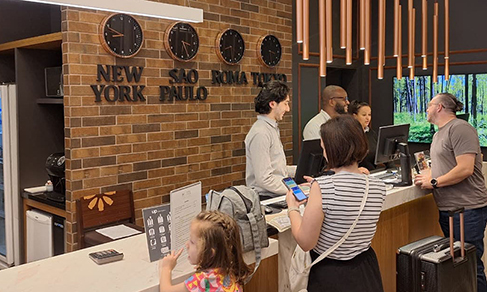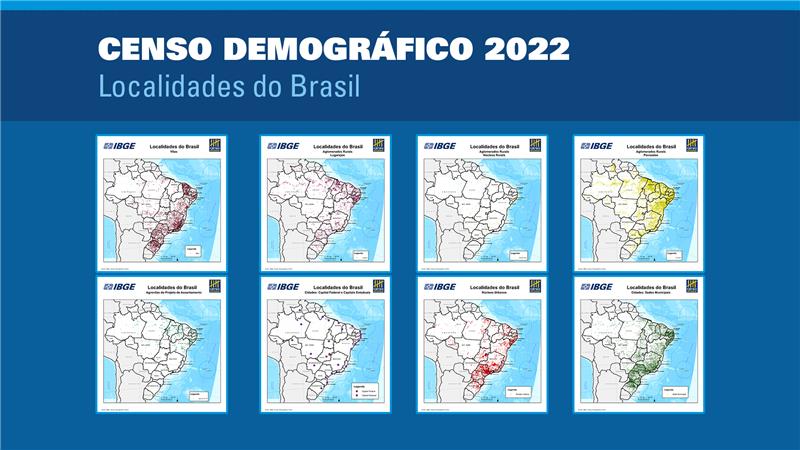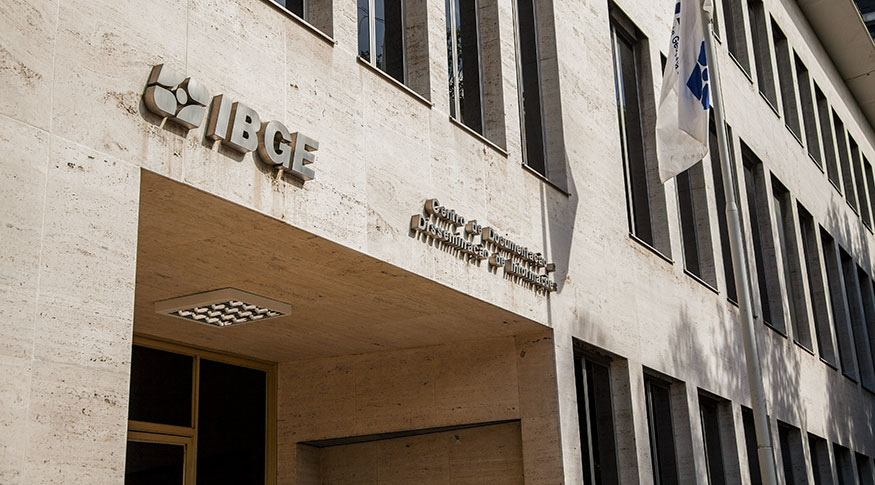Pesquisa Mensal de Serviços
Services sector advances 1.7% in March, and reaches highest level since 2015
May 12, 2022 09h00 AM | Last Updated: May 13, 2022 02h23 AM

The volume of services sector increased by 1.7% from February to March, with a cumulative increase of 2.1% in the last two months. This result leads to a recovery from the 1.8% loss in January, and represents the highest level reached since may 2015, being 7.2% above that in the pre-pandemic period. Data come from the Monthly Survey of Services (PMS) and were released today (12) by the IBGE.
The positive result was widespread among the five activities surveyed, with a highlight to transportation (2.7%), which have advanced for the fifth month in a row. “Among the most significant sectors to this activity is road cargo transportation, especially when associated with electronic trade and agribusiness. That is the main mode of cargo transportation in Brazilian cities and its use has become even more common after the most crucial months of the pandemic,” says rodrigo Lobo, manager of the survey.
“Contributions also came from air transportation of passengers, not only due to the growing flow of passengers, which has generated more revenue from air companies, but also because the sector was helped by the fall of air fares in March,” he says. With the advance this month, transportation as a whole are 18.0% above the pre-pandemic level and reached its peak in the time series initiated in January 2011.
With an increase by 1.7%, information and communication services recovered part of the 4.7% cumulative loss registered between December 2021 and february this year. The sector exerted the second biggest influence on the overall index. “The increase recorded in March did not make up for the loss in the three preceding months, but the sector still operated 10.5% above the pre-pandemic level. The main impact on prices in March was the increase of revenues from portals, content providers and other information services on the Internet, development and licensing of software and consulting in information technology.”
Professional, administrative and complementary sectors (1.5%), services rendered to families (2.4%) and other services (1.6%) complete the list of those recording increases in March. “Among the five activities surveyed, services rendered to families was the only one not to surpass the pre-pandemic level. That resulted from the impact social distancing had on this sector, once there was reduced movement oe persons and total or patial interruption of services considered non-essential,” Mr. Lobo explains. Among the activities that had an effect on the increase of the sector are restaurants, hotels and catering services. Despite the increase, services rendred to families are 12.0% below the level of February 2020.
From February to March, 24 of the 27 Federation Units followed this increase. São Paulo (2.7%), Minas Gerais (6.4%), Federal District (10.3%), Santa Catarina (4.2%), Rio Grande do Sul (2.6%) and Rio de Janeiro (0.8%) accounted for the main impacts. The main negative influence was that of Mato Grosso (-3.0%).
The manager of the survey explains that the current increase in services is different from that observed when the sector first recovered from the most significant losses during the pandemic.
“In retrospect, we see a stronger recovery from June to November 2020 and than a lower pace of increase up to August last year, a period when the sector had a cumulative increase of 9.1%. From September to March 2022, there is a cumulative increase of 3.4%, that is, even bigger deceleration, due to a higher basis for comparison since the start of recovery of new services.”
Sector has cumulative increase of 9.4% in Q1
In the cumulative index in the year, the services sector increased by 9.4% and four of the five activities recorded positive rates. Among these, the highlight was the sector of transportation, support services for tranportation and mailing (15.5%), which was mainly affected by the increase in revenues of companies of the cargo transportation sector, air transportation of passengers and road collective transportation of passengers.
In the case of services rendered to families, which had a cumulative expansion of 30.6% in the quarter, what explains this increase is the movement of hotels, restaurants and catering services. Other advances came from the segments of professional, administrative and complementary services (8.0%) and information and communication (3.8%). The sector of other services (-2.3%) was the only one to record a decrease in tis indicator. This decrease is related to a reduction in the revenue of companies that work in recovery of plastic material, security brokers, administration of stock markets and over-the-counter markets, among other types.
“The sector of other services was the first one to show fast recovery from the effects of the pandemic. The other four took longer to recover. Because of that it has a lower basis for comparison,” the researcher adds.
In comparison with March last year, services advanced 11.4% and the positive result was also observed in four of the five activities surveyed. The main influence on total increase came from the sector of transportation (17.2%). Other advances came from services rendered to families (62.2%); professional, administrative and complementary services (9.1%); and information and communication (4.0%). Also in terms of this indicator, the sector of other services (-4.3%) was the only one to record a negative rate.
Mr. Lobo explains that the two digit results are a consequence of a low basis for comparison. “In March 2021, there was a second wave of Covid, in a moment when there were decrees establishing the interruption of non-essential services in orde to reduce the movement of persons. For that reason, in the interannual comparison, there are significantly high rates for activities such as air transportation, for example.”
Tourism activities increased by 4.5% in March
The index of tourism activities increased by 4.5% in March, after a cumulative decrease of 0.9% in the first two months of the year. In spite of the increase, the tourism segment is still 6.5% below the pre-pandemic level. “The indicator, like services rendered to families and transportation, also increased in March, being influenced by the rise in air transportation, restaurants, hotels and catering services.”
The 12 areas surveyed increased in comparison with February. Among these, São Paulo (7.0%), Bahia (8.0%), Santa Catarina (11.8%) and Rio de Janeiro (2.9%) accounted for the main contributions to the index.
More about PMS
The Monthly Survey of Services produces indicators to monitor the short-term behavior of the services sector in Brazil. The survey investigates the gross revenue from services in formal enterprises employing 20 or more persons, in which the main activity is a non-financial service, excluding the areas of health and education. It produces results for Brazil and all the Federation Units. Results are available at Sidra.


